In Which Time Zone is Texas?
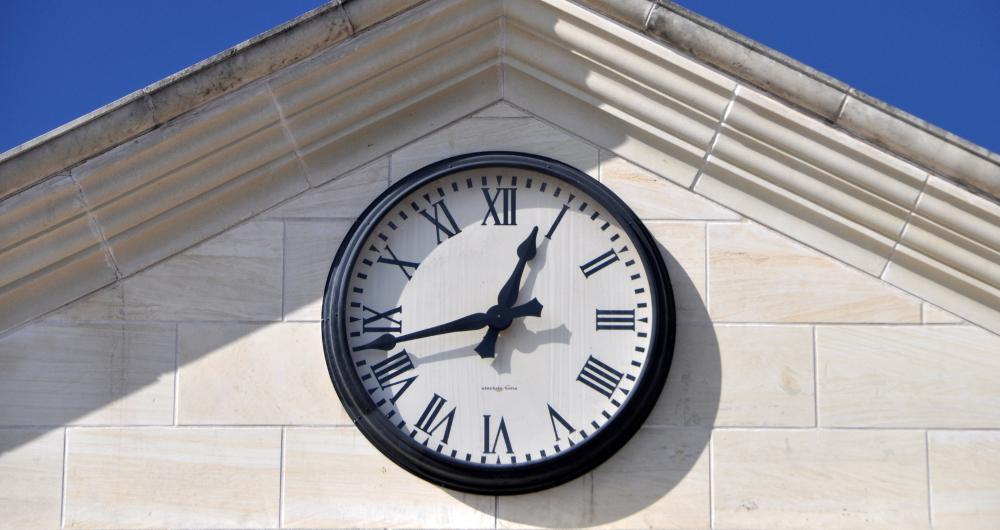
Searching for the TX time zone info? Well, you are in the right place! I live in Texas and I can tell you that scheduling Zoom meetings with East Coast or West Coast can be a challenge. That's not even considering Hawaii.
Here I break down about which time zone Texas is in and what you need to know if you are planning your trip to Texas.
Tip: I recommend booking the hotel before you go. Even if your trip to The Lone Star State is in low season, local events and festivals can push up the prices last minute. If you are still tweaking your travel dates, book a refundable hotel room.
Texas Time Zone Basics:
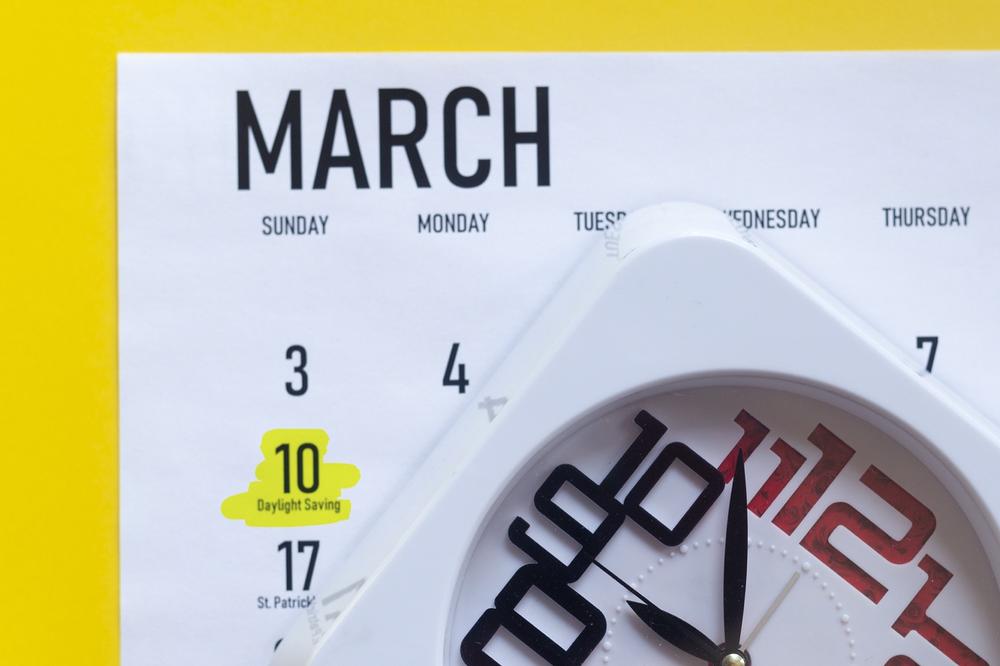
1. Central Time for most of Texas
After 26 years of writing about travel, I’ve picked up more than a few oddities about time zones—and Texas is one of those quirky places where time really plays tricks on you. And as a Texas resident, I get a lot of questions about it from friends and family all the time.
I always remind folks that most of Texas sticks with Central Time. If you’re planning your itinerary or trying to make a dinner reservation across our state, I’d definitely double-check your clocks.
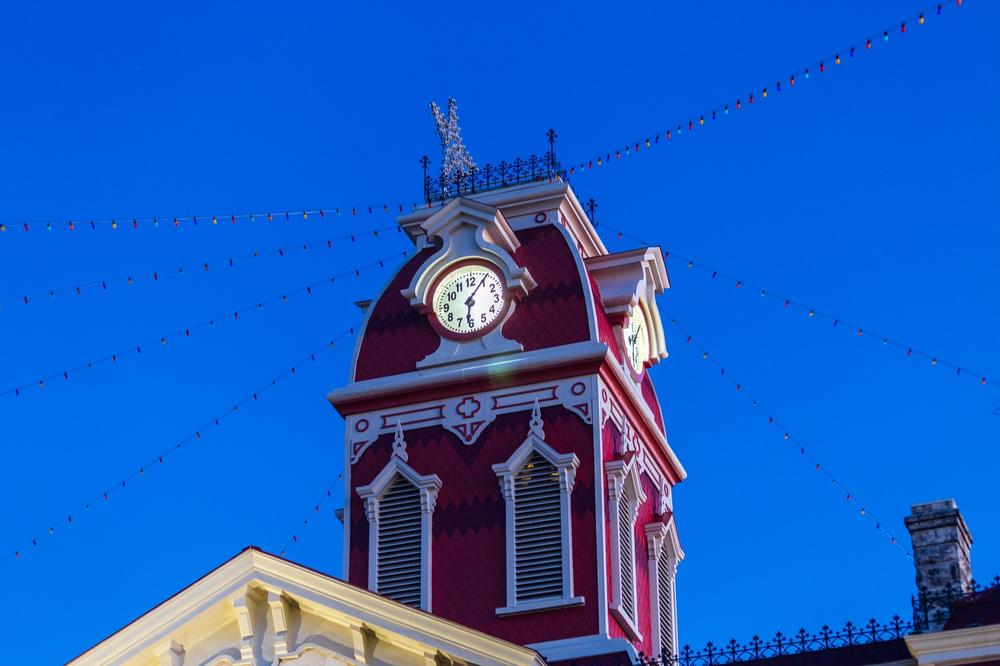
2. El Paso and Hudspeth counties are on Mountain Standard Time
But here’s where it gets interesting: I’ve traveled through El Paso and Hudspeth counties, way out west, and they don’t follow the same time as the rest of the state. When I was there, I had to switch my watch to Mountain Time. That means they're an hour behind Central Time—which can make travel feel like time travel if you're not ready for it.
If you need a place to stay, The Plaza Hotel Pioneer Park was won the “MICHELIN One Key” award by the Michelin Guide (one of the first in El Paso) so you can trust that it's a quality place.
You’ll find El Paso and Hudspeth operating on Mountain Standard Time (MST) when it’s not daylight saving, which is UTC-7. But if you’re visiting during daylight saving months, they flip to Mountain Daylight Time (MDT)—just UTC-6. I’ve learned the hard way to always ask: “Are we on standard or daylight time right now?”
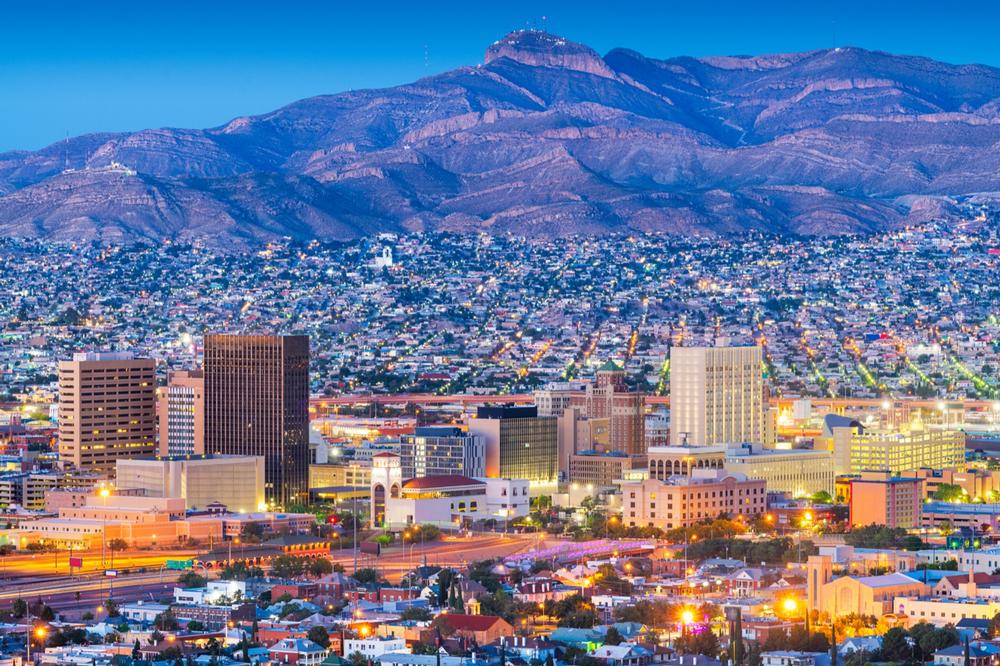
3. Stand in Two Time Zones at Once
You might wonder when that shift happens. If you’re like me, always hopping between zones, you’ll want to remember this: daylight saving begins on the second Sunday in March and ends on the first Sunday in November. That’s when you spring forward or fall back at 2:00 AM—yep, I’ve lost and gained an hour many times mid-road trip.
What’s really fun—and a little confusing—is that Texas is one of the few states where you can literally stand in two time zones at once. I’ve done it myself on the edge near the New Mexico border. It’s surreal. You can sip coffee with one foot in Central Time and take a selfie with the other in Mountain Time.
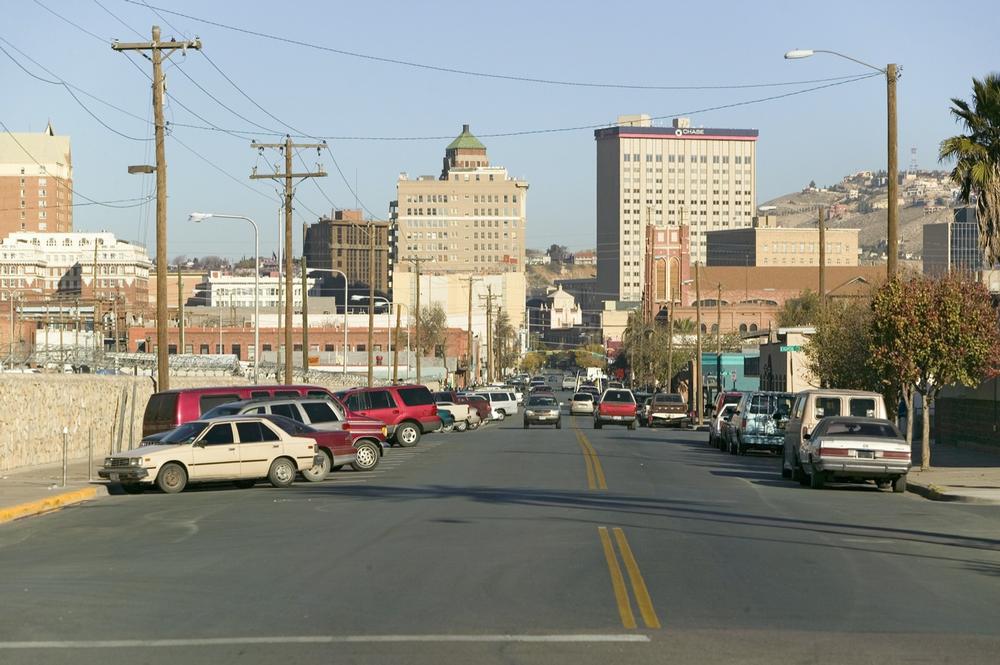
4. The Why
I often get asked why El Paso isn’t on Central Time like the rest of the state. Honestly, it just makes sense once you’ve been there. Geographically, it’s closer to San Diego than to Houston. Culturally too, El Paso feels like its own thing.
And locals have a great sense of humor about it. Someone once joked to me, “That extra hour gives me more peace from the rest of Texas.”
Here’s one of my favorite time-related travel quirks: when you fly or drive from El Paso to Austin, it takes an hour. But thanks to the time difference, coming back only “takes” 30 minutes. It’s the kind of thing that makes time zone math feel like magic—or a comedy sketch.
So if you're heading to West Texas, trust me—check your phone settings, give yourself a buffer, and enjoy being in two times at once. I still think it's one of those tiny travel surprises that make the journey memorable.
If you enjoyed this post, check out my favorite weekend getaways in Texas, including super unique Texas castles.
Booking Checklist
1. Book Your Flight - I use Expedia because I like their mobile app with my itinerary. They've helped me re-book flights on many occasions. Once you reach their Gold tier, support is especially good.
2. Book Your Hotel - I use Booking.com or Expedia, depending on my destination.
3. Book Your Rental Car - I use Expedia.
4. Book your tours on Viator or Get Your Guide.
5. If you are planning to visit more than three national parks in the next 12 months, buy the America the Beautiful Pass.
